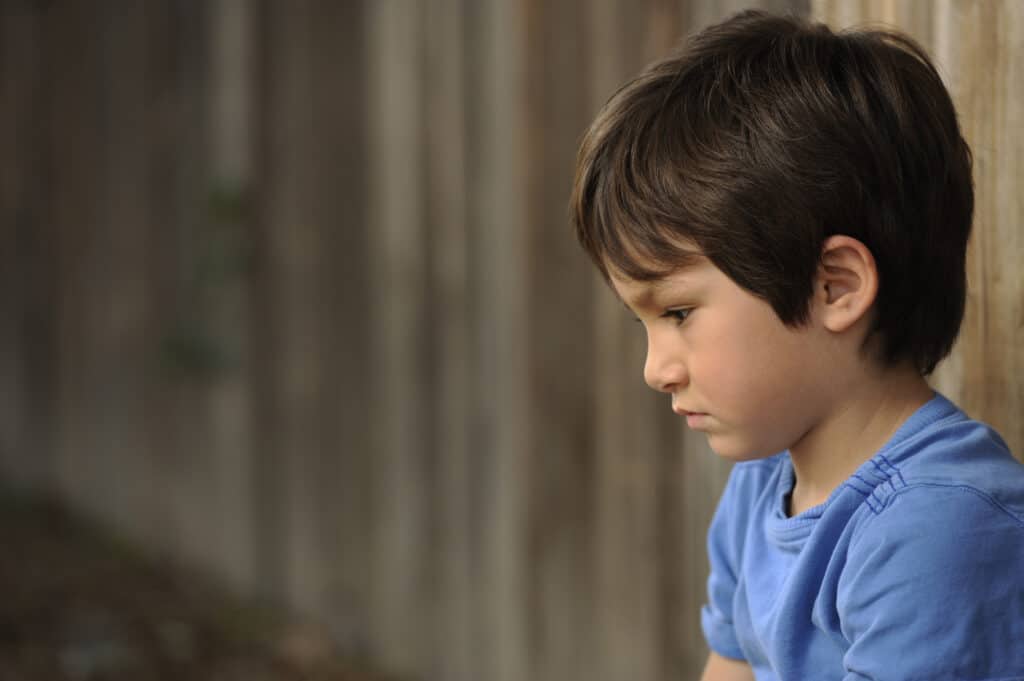Content Warning: Abuse, Trauma // This article discusses child abuse and trauma, a topic that may be upsetting or disturbing for some readers. Readers are encouraged to take the necessary steps for their emotional safety. Please seek professional help if necessary.
April is National Child Abuse Prevention Month, giving important national organizations focused on supporting the health and wellness of our children a chance to bring widespread attention to their cause. Organizational leaders and community members come together to focus on this preventable crisis that impacts an estimated 600,000 children across the country.
Child abuse and neglect can take many forms, and its effects are not always easy to spot. Workers in many industries have a long-standing history of being mandatory reporters across all 50 states in the U.S., but nevertheless, more can be done to protect its innocent victims.
It is every person’s duty to report suspected child abuse, and workers in fields with mandatory reporting requirements in particular need to be trained to recognize and report possible cases of child abuse. Additionally, states like New York have enacted robust reporting legislation for professionals across a wide range of industries, like healthcare workers, educators, school administrators, child care center workers, and law enforcement officials.
Employees in every field need to keep themselves engaged, informed, and up to date about reporting requirements in their state.
Child Abuse in the World Today
Child Abuse Prevention Month was created because neglect and abuse are societal afflictions that can affect a wide range of young people in many different ways. According to the National Children’s Alliance, infants are at the greatest risk, and tragically, they are also a group that is unable to advocate for themselves. Gender also plays a role; girls are abused at a greater rate than boys, and every year child abuse claims nearly 2000 lives across the country.
While there are certain vulnerable populations that are at higher risk for becoming victims, child abuse and neglect knows no gender, geographic, or socioeconomic boundaries. Education and training must reinforce the ability to pick up on the signs for all victims independent of demographic, and courses like New York: Child Abuse Identification and Reporting by Premiere Education are critical for keeping employees up to date and informed about recognizing and reporting indicators of child abuse.
Forms of Child Abuse
There are several forms of child abuse, and each bears its own signs of trauma. Often, multiple forms of abuse are present in a given situation, and it’s important to understand key factors of each to make an informed decision to report.
Neglect
As the most common form of child abuse, neglect is identified as the failure to meet the child’s basic physical and emotional needs, such as food, shelter, education, and healthcare.
Physical Abuse
Also sometimes referred to as non-accidental trauma, physical abuse is the second most common form of abuse, and can include—but is not limited to—violent acts like punching, kicking, biting, shaking, and burning.
Emotional Abuse
Behaviors that harm the child’s emotional well-being or self-worth constitute emotional abuse, and can include things like shaming, name-calling, and rejecting or withholding love.
Sexual Abuse
Forcing a child to engage in sexual acts is a profoundly damaging form of abuse, which involves any form of exposing the child or involving the child in sexual activities constitutes sexual abuse. Human trafficking affects 4 million children around the world, and many of its victims are also subjected to sexual abuse.
Signs of Child Abuse
Another important message of Child Abuse Prevention Month is that victims don’t always look like we might expect. An abused child may not be covered in injuries, malnourished, or unkempt and disheveled. In fact, the signs are often quite subtle and may be easily overlooked without proper training.
Something as simple as a single bruise might be a clue that maybe the child you’re working with is in danger. For instance, bruises on non-mobile infants could be a red flag in the absence of an obvious explanation. For older children, bruises in places like their knees, elbows, and even their forehead are common, but if you see bruises in places like their torso, ears, or neck it may warrant concern.
It’s also important to understand that identifying abuse is not necessarily black and white. Sometimes injuries, even though they may have a pattern to them, are still accidental and can be backed up with a clear explanation. Distinguishing between accidental and non-accidental trauma requires knowledge and training. Pediatric Abusive Head Trauma by Premiere Education can help you make critical distinctions and escalate appropriately.
Finally, because not all forms of child abuse are physical in nature, there are other signs to consider that may indicate abuse. Sudden changes in behavior or performance, needs that appear to be unmet, or the reluctance to be around a particular person are all things that can support a decision to report potential child abuse.
Reporting Abuse Effectively
All 50 states have some form of law that defines child maltreatment reporting requirements for certain professionals and institutions. This usually includes people like teachers, physicians, nurses, law enforcement officers, and social workers.
While some states require reporting of child abuse under highly specific circumstances, others extend to any suspicion of child abuse under any circumstance. Being aware of your state’s requirements and processes is vital to making empowered, supportive choices for victims.
Through mandatory reporting laws, reporters can feel confident that their concerns will be taken seriously and safeguarded against potential retaliation. Also, because potential victims may be dependents of their abusers, every effort must be made to handle the situation with empathy, honesty, and discretion to help them escape their situation without exacerbating the problem.
When dealing with a potential victim of child abuse remember:
- Let them know you believe them and that it’s not their fault.
- Be honest, and don’t make promises you can’t keep, such as avoiding reporting.
- Keep calm and don’t overreact, especially if the potential abuser is present.
- Listen to the child and don’t make assumptions about the nature of their situation.
Help Improve Awareness During Child Abuse Prevention Month
As we dive deeper into April, Child Abuse Prevention Month is already in full swing. Take this opportunity to learn more about child abuse prevention, recognition, and reporting to help keep children safe and healthy. Premiere Education offers a number of courses to help professionals learn more about this important topic, created by leading industry professionals.



